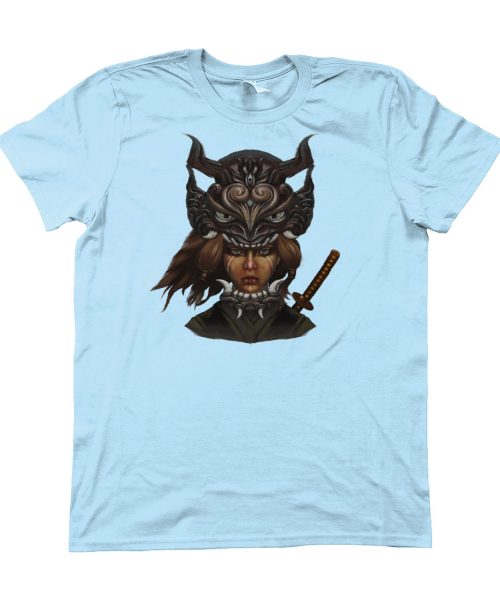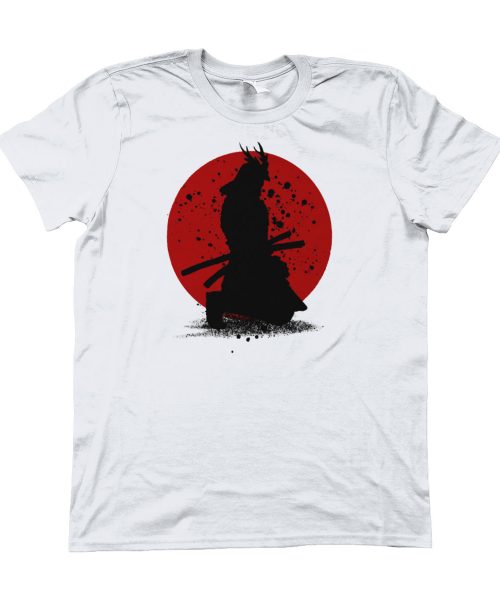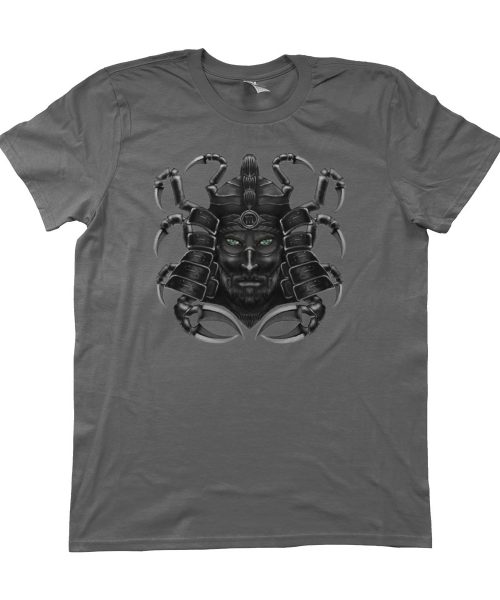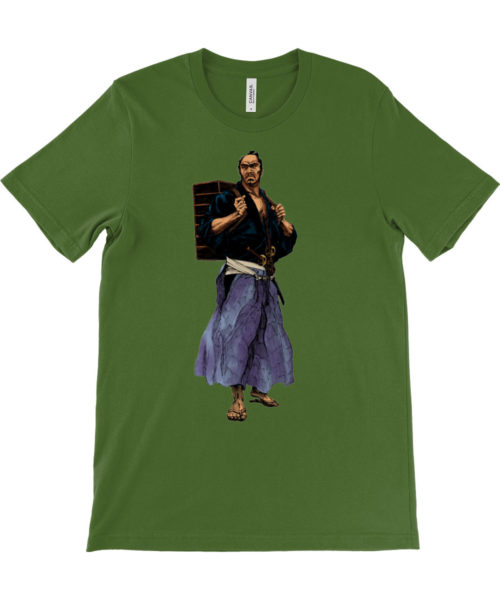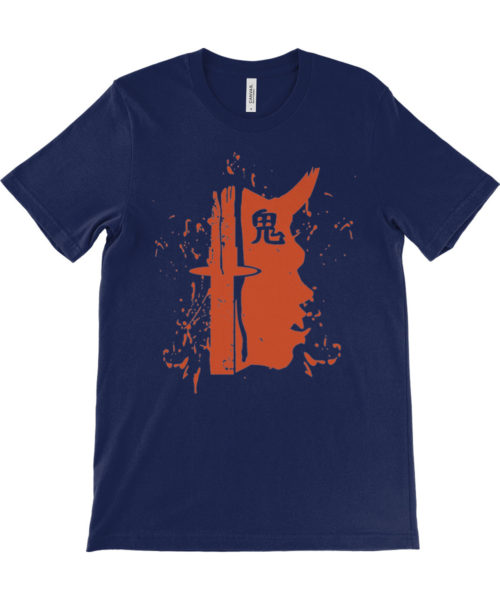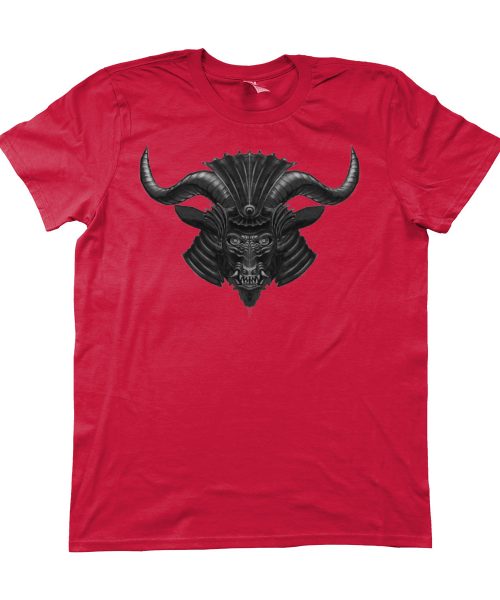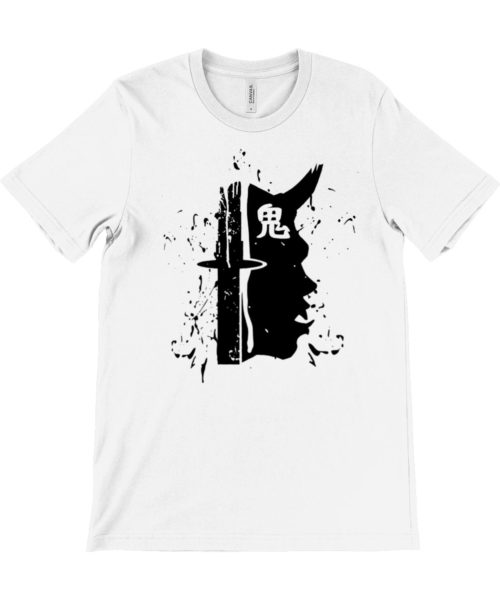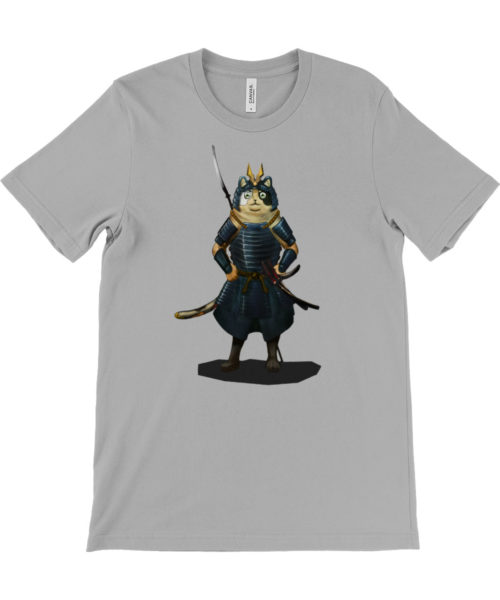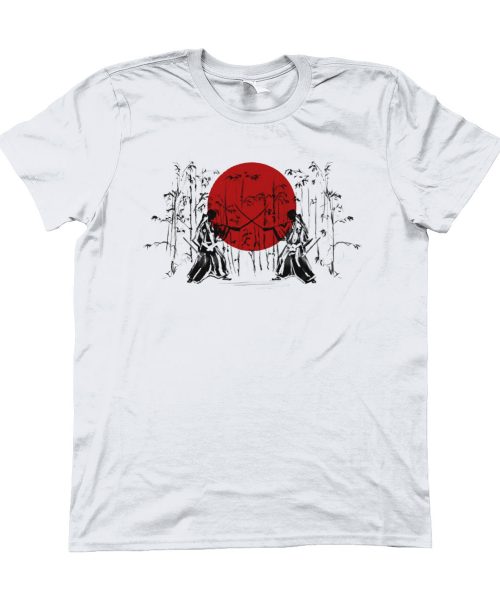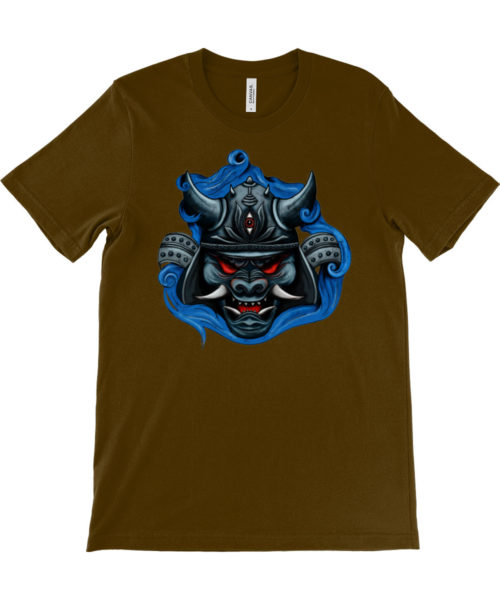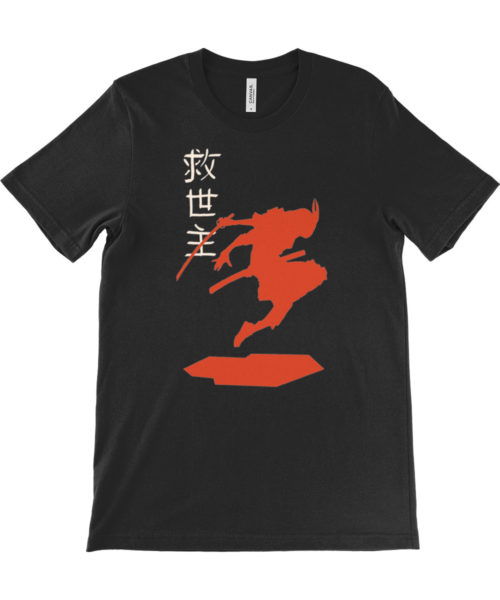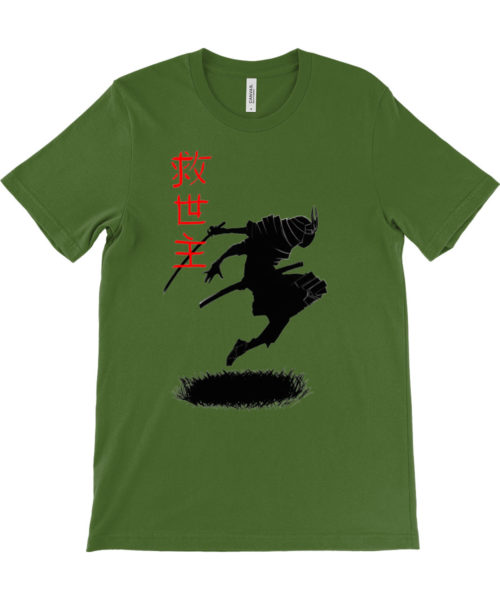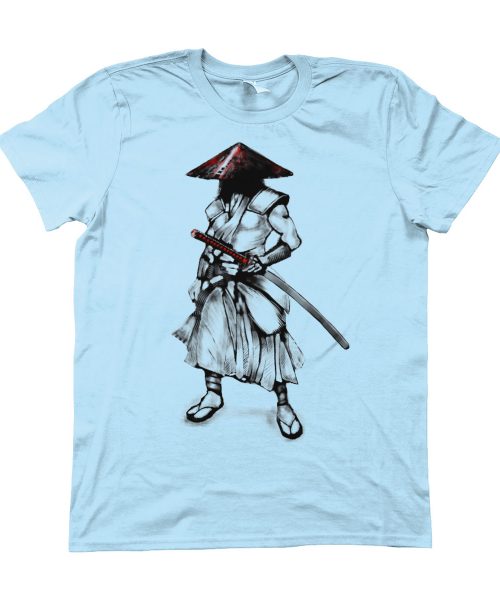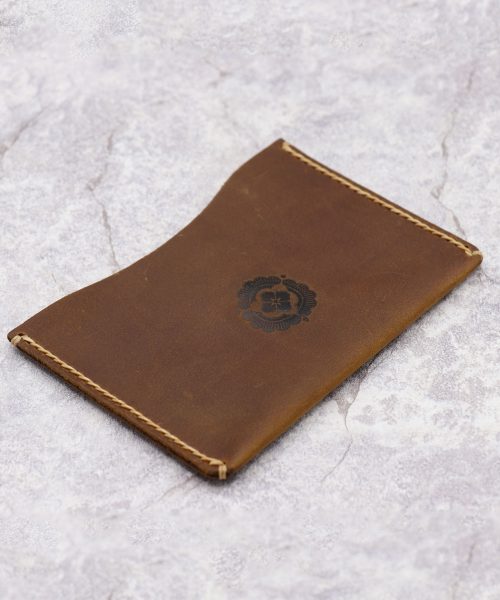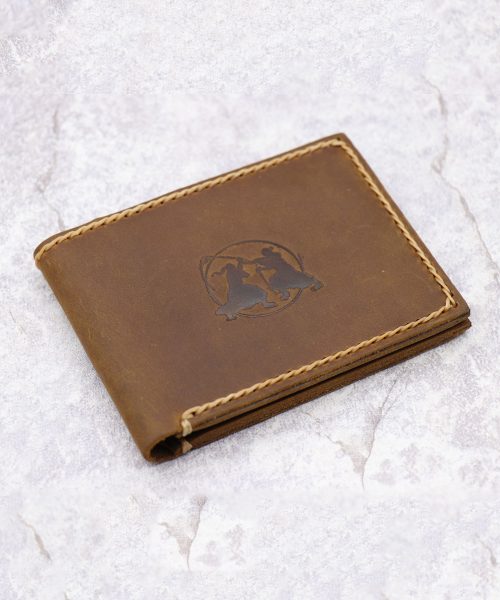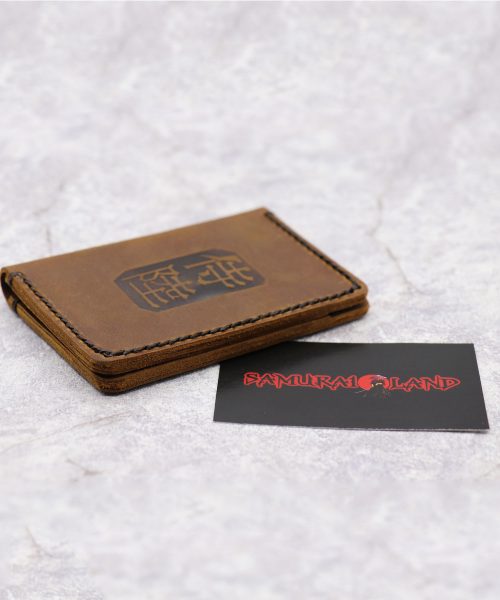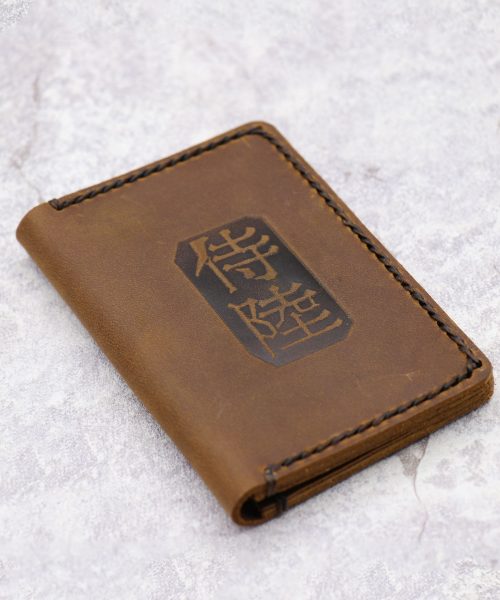No products in the cart.
Japan History, Samurai Myth and Legends
8 Samurai Myths or Misconceptions About Them
Samurai Myths or Misconceptions
One of the fascinating facts of Japanese culture is the Samurai culture. Indeed, it has taken a lot of space in Japan’s history and our imagination. However, Samurai myths are everywhere. As a result, this intrigues many because of the image depicted in books, cinema, and modern-day anime.
While these serve as an entry point in discovering their ancient customs and traditions, the lack of historical perspective clouded the history of the Samurai, unfortunately. For instance, the lack of information caused more confusion. One example is the prevailing belief that western outlook is the right information.
Consequently, these mistakes gave birth to myths and misconceptions. So, what are the common misconceptions about Samurai, and what are the facts?
Who were the Samurai?
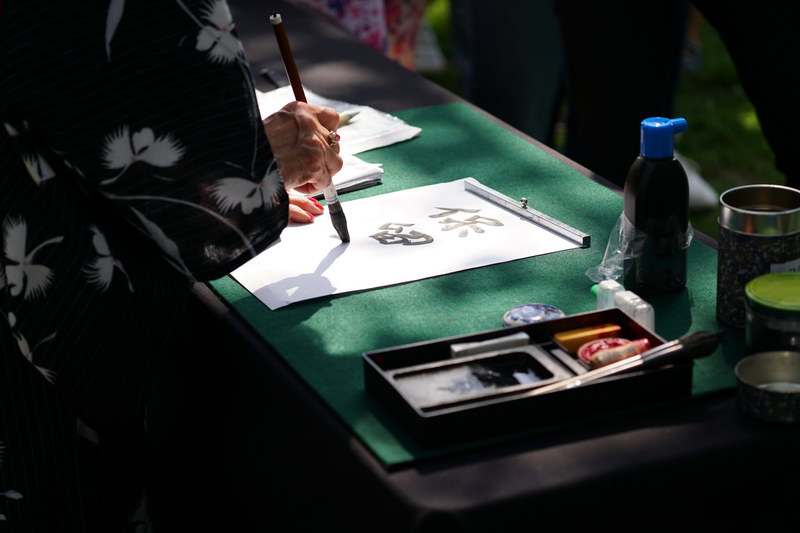
First of all, the Samurai skill is not limited to the art of warfare; they were undoubtedly a military class. Most noteworthy was that many of them became renowned men of arts and letters, so they became the equal of a renaissance man in Europe.
Except for those who belong to the upper class, only a few achieve a status. Indeed, the Samurai could ever hope to achieve fame or recognition, simply because the term Samurai comes from the verb ‘Saburai’. This means ‘to serve’. Saburai, when used today, means serving in the army, even as a household servant.
Here are misconceptions about the Samurai:
Samurai Myth 1: The Samurai was there since the foundation of Japan.
Fact: The rise of the Samurai was a matter of radical revolution rather than an evolution.

The Samurai came into being to serve the nobility. Almost all of them were swordsmen and expert archers for hire. For that reason, the government reorganizes its military ranks, and the delegation of administrative duties also came about.
On the 8th century, the imperial house and its supporters secured a top post in Japan’s government. These include provisions for domestic law enforcement, as well as foreign defense.
Soon, men capable of fighting began to organize groups from different provinces; therefore causing the creation of privately-owned martial bands. Even more by the end of the 10th century; privately-owned military networks began to appear.
The duties of organizing forces are now in the hands of local warlords; more importantly, for doing military assignments. As a result, they delegate responsibility to their subordinates, thus begins the age of the Samurai.
Samurai Myth 2: The Samurai were loyal to death.
Fact: One common attribute in Samurai history is disloyalty.
Get Your Awesome Samurai T-Shirt
The Samurai used betrayal and deceit as weapons to advance and establish their own military government. These strategies weren’t just used by those in power. Similarly, minority groups would plan to take over.
As a result, this allowed too much power in one person’s hand because it challenges beliefs of loyalty and goes against the ‘way of the warrior’; thus causing brutal reality at that time. Certainly, disloyalty was common.
Moreover, those in power had a difficult time gaining the loyalty of the Samurai. Hence, the military government between 1192 and 1868 enacted laws. These were laws to enforce loyalty, especially among the Samurai.
Samurai Myth 3: Samurai were only men.
Fact: Most information about the Samurai discusses the warrior as a man. But there are historical textbooks that show the significance of female warriors. Almost all were wives, daughters, and mothers.
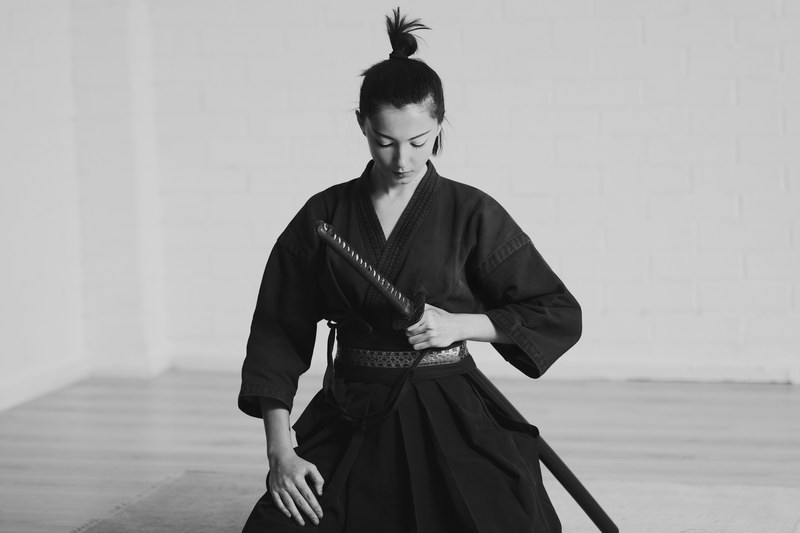
Furthermore, some were mothers with influence and exploits as great as male warriors.
Among them was Tomoe Gozen, fighting the battle of Awazu in 1184. Another one was Tsuruhime of Omishima who took part in the naval battle of 1541.
Some were the female defenders of Omiri castle 1599. Others were the female warriors of Aizu and Nakano Takeko in 1868.
During Japan’s feudal age, the wife of a Samurai handles his household whenever he is busy fulfilling his duties. Because of the need to protect their home, the women of the Samurai class trained in the way of Naganita, a polearm art of fighting.
Samurai Myth 4: They trained Samurai for Seppuku.
Fact: Seppuku is a Samurai’s sacred ritual of taking his own life for the reason to preserve his honor. It was once part of the Bushido code. Hence they considered it an honorable way to die.
Leather Samurai Wallets for Men
Even more, if they pledge their loyalty to their employer. In the 19th century, it was a relatively common practice. Consequently, it was the much-desired death of the ruling class.
By the 20th century, the practice of Seppuku has ended.
Samurai Myth 5: They base the Samurai’s life on the Bushido code.
Fact: The origin of Bushido was from a family house rule.
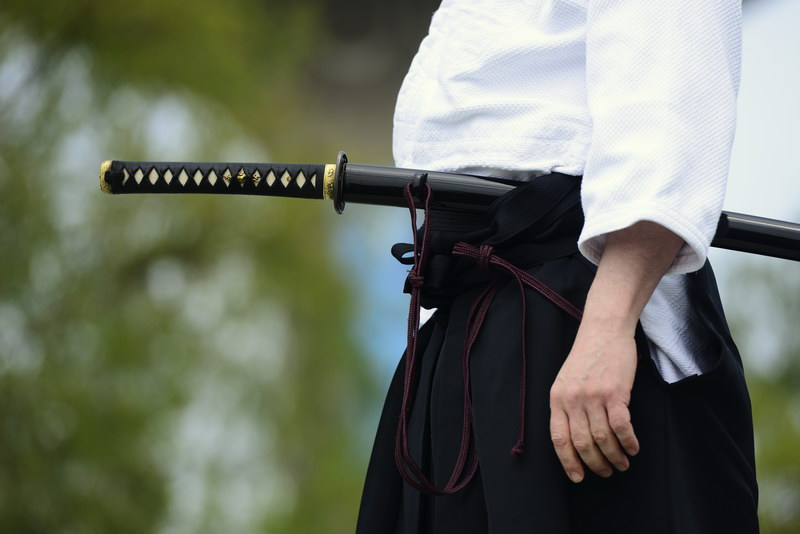
First of all, on preserving the honor, they would rather perform ritualistic suicide. Because this is better than to live in a shameful existence, that is a common belief.
In reality, the term Bushido is barely recognizable until the early 20th century. The concept of Bushido came into use during the Meiji era. But wouldn’t gain widespread acknowledgment until the Meiji’s end.
Ancient Samurai did not discuss or write about Bushido. Historians cite the Kakun or the family code, house rules as the origin of Bushido. Evidence indicated that Bushido relates to Kakun as a product of Meija interpretations.
It seems like the scrolls became a family heirloom not a set of rules. More likely, historians found family scrolls that practice Bushido. Thus, it became a belief that it was common among Samurai.
Samurai Myth 6: The Katana is the Samurai’s only weapon.
Fact: The Samurai uses a wide array of weaponry. For the reason that it shows nobility, not a military status. Also, they started as archers. Bows and arrows became part of how they fought.
Later on, they carried small quivers on their belts for easy access. Also used by the Samurai is the Naginata, a long-bladed polearm.
Samurai Myth 7: Japanese Ethnicity of Samurai
Fact: There were, in fact, some western Samurai. Most notable were William Adams and Jan Joosten.
Samurai Myth 8: No Christianity in Samurai
Fact: Christianity was common in feudal Japan. In fact, some those who became followers of Christianity were Samurai. The most renowned is Takayama Uson.
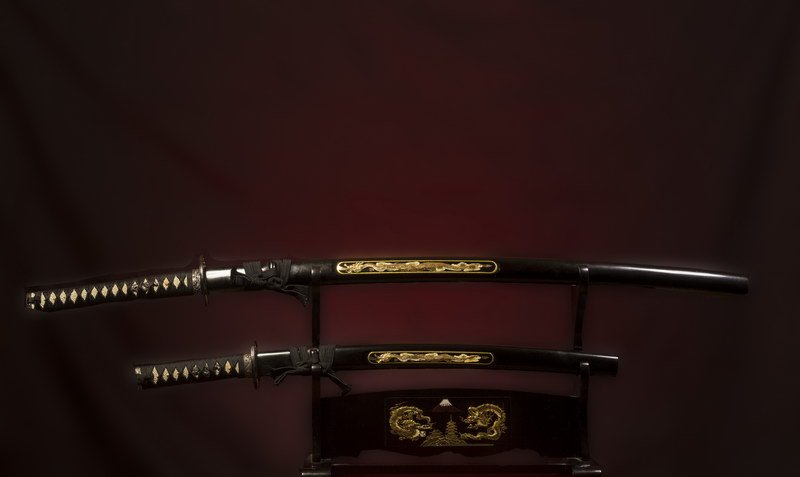
Japan’s Modernization
The Tokugawa regime kept the peace for a better part of three centuries before it succumbed to external pressure. Then the decay of government itself.
In 1868, combined forces of the four domains forced the resignation of the last Shogun. This event, known as the Meiji Restoration, marked the end of the Samurai as a class.
Over the next decade, they took their privileges away from them. Then one by one, their badges and status were also taken away from them.
The Notable Existence of Samurai and their Legacy
Sanada Yukimura, the General who Challenged Tokugawa Ieyasu
The Five Bizarre Japanese Festivals
Furthermore, their stipends, and even their right to wear swords in public. Thus, they put the swords on display. As time goes by, Japan became modern. As a result, it became an industrialized nation ruled by a constitutional government.
The Samurai has remained what they are today. Figures of history, folklore, entertainment, symbolism, and ideology.







